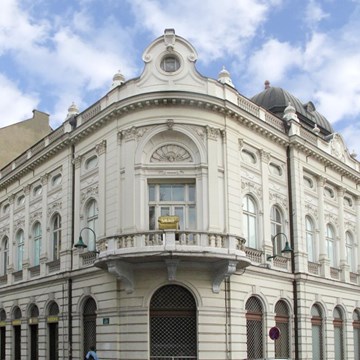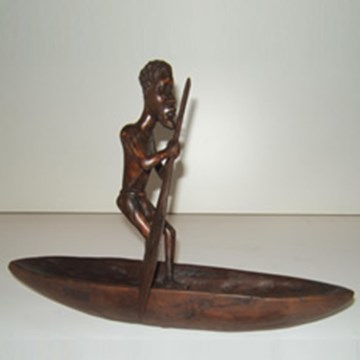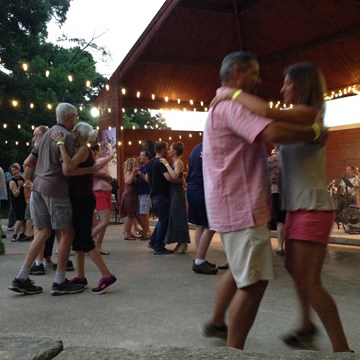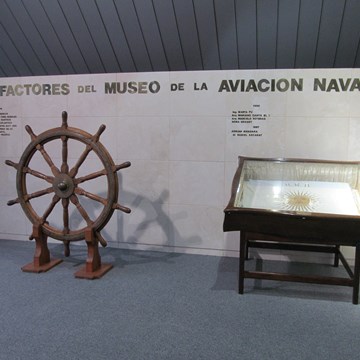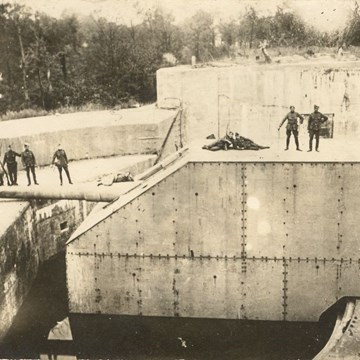Capitoline Museums
Musei Capitolini
The Capitoline Museums (Musei Capitolini) are a group of art and archeological museums in Piazza del Campidoglio, on top of the Capitoline Hill in Rome. The historic seats of the museums are Palazzo dei Conservatori and Palazzo Nuovo, facing on the central trapezoidal piazza in a plan conceived by Michelangelo Buonarroti in 1536 and executed over a period of more than 400 years. The history of the museums can be traced to 1471, when Pope Sixtus IV donated a collection of important ancient bronzes to the people of Rome and located them on Capitoline Hill. Since then, the museums' collection has grown to include a large number of ancient Roman statues, inscriptions, and other artifacts; a collection of medieval and Renaissance art; and collections of jewels, coins, and other items. The museums are owned and operated by the municipality of Rome.
The statue of a mounted rider in the centre of the piazza is of Emperor Marcus Aurelius. It is a copy, the original being housed on-site in the Capitoline museum. Many Roman statues were destroyed on the orders of Christian Church authorities in the Middle Ages; this statue was preserved in the erroneous belief that it depicted the Emperor Constantine, who made Christianity the official state religion of the Roman empire.
Open to the public in 1734 under Clement XII, Capitoline Museums are considered the first museum in the world, understood as a place where art could be enjoyed by all and not only by the owners.
Source: Wikipedia
Exhibitions and events
We don't have anything to show you here.
Educational programs
We don't have anything to show you here.
Collections
We don't have anything to show you here.









